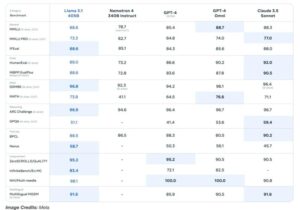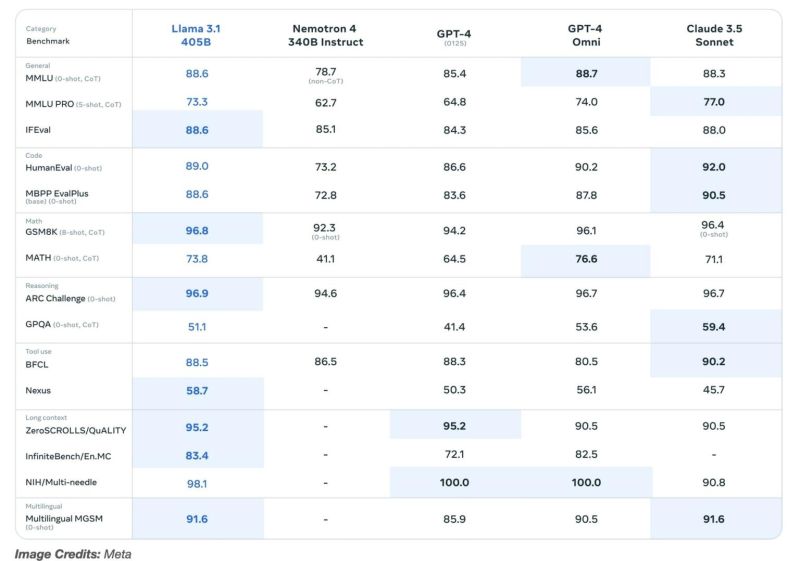Bill Kleyman, CEO of Apolo, has lauded the newly released Llama 3.1 405 billion parameter model as a groundbreaking development in artificial intelligence. Apolo’s team of expert data scientists has been rigorously testing the model Kleyman says, and the results are impressive.
“Our early testing has shown performance on par with, and often surpassing, GPT-4,” said Kleyman. “Llama 3.1 405B marks a significant milestone in innovation, offering unparalleled opportunities for growth, exploration, and healthy competition.”
The launch of Llama 3.1 405B is expected to significantly impact the AI industry, enabling clients to use powerful on-premise GPUaaS solutions for proprietary data analysis. This advancement will make data centers and managed services providers more crucial than ever.
“Apolo is already lining up conversations with clients eager to harness the power of Llama 3.1,” Kleyman added. “We’re excited to be at the forefront of this breakthrough and look forward to exploring the vast possibilities it presents.”
On Tuesday, Meta announced the public release of Llama 3.1 405B, described in a company blog post as “the world’s largest and most capable openly available foundation model.” Meta also introduced updated versions of earlier models, Llama 3.1 70B and 8B.

Llama 3.1 405B is designed to compete with GPT-4o and Claude 3 Sonnet. Meta claims that the model offers “state-of-the-art capabilities in general knowledge, steerability, mathematics, tool use, and multilingual translation.” It is also positioned as a cutting-edge tool for generating synthetic data, which can be used to train smaller language models.
Meta CEO Mark Zuckerberg used the launch to emphasize his belief in open sourcing as the future of AI and “represents the world’s best shot at harnessing this technology to create the greatest economic opportunity and security for everyone.”
AI significantly enhances digital infrastructure companies by improving operational efficiency through predictive maintenance and automation, optimizing performance with real-time analytics and anomaly detection, and facilitating capacity planning with demand forecasting and resource allocation. It boosts security with advanced threat detection and automated responses, enriches customer experience through personalization and AI-driven support, and optimizes energy management to reduce costs and environmental impact. Additionally, AI aids in strategic decision-making with data-driven insights and scenario planning, enables dynamic scaling and adaptive systems, and drives innovation, offering a competitive edge by enabling new services and improving overall cost-effectiveness.





